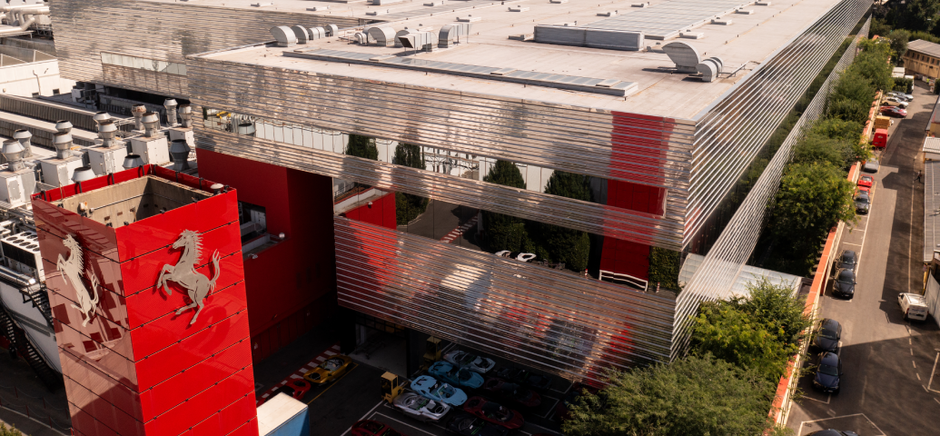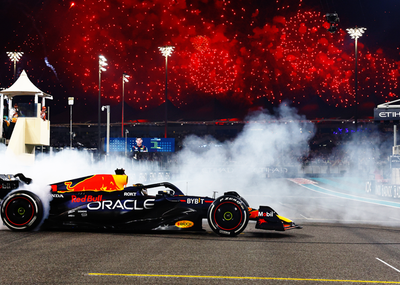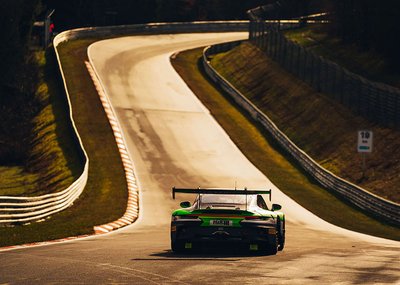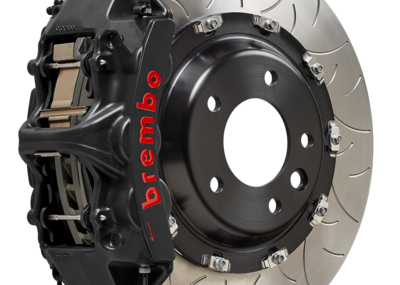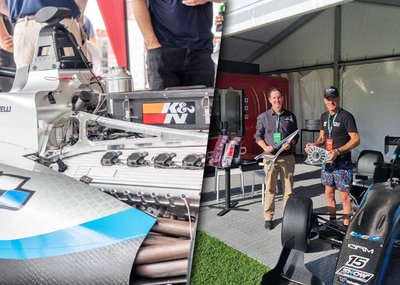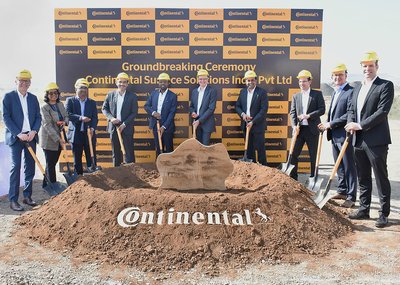So, what does the future hold for Ferrari? Particularly, regarding the EU’s combustion engine ban in 2035.
‘The classic Ferrari customer can expect that he can buy a Ferrari ICE until 2035,’ the team shares.
Like Ferrari declared on its investor day, it will continue its use of hybrids, ICEs, and full electrics as long as possible. ‘We do not believe in one single way to get to the target,’ the team says. The idea is to leave no stone unturned.
‘We will continue on this path of not choosing one technology over the other for our customers. We want them to be able to do so. That doesn't exclude any technology at the moment, even the ones that are more future-looking.’
A new electric vehicle will soon join the Ferrari family and launch at the end of this year. However, the electric will not replace its other models. Instead, Ferrari sees EVs as one more slice added to its cake.
‘In the end, the important thing is not the power. The important thing is that Ferrari is still Ferrari for our customers. If we manage to build a car that is allegedly, but also in reality a Ferrari, then the problem does not exist.’
‘We like to say different Ferrari for different Ferraristi at different moments,’ the team explains.
However, this is more than just marketing.
‘If you think of our range at the moment, it’s so diverse. It goes from the Roma to the SF90, two completely different worlds, two different types of people, probably also at different moments.’
Some customers prefer to be traditional; some prefer to be greener, others wish to be more performant.
‘But luxury is just that, luxury is about being different. Luxury is about one's feeling of uniqueness.’
The challenge is serving these needs from the same foundry, the team laughs.
In terms of its foundry, it seems Ferrari has not caught the gigacasting fever yet. While the firm is still evaluating the technology's possibilities, Pinna says it currently doesn’t see any immediate use for its products.
The foundry has however innovated its power. ‘We are using 100% green energy,’ says Molinari. This was an important milestone towards neutrality that the firm had last September. In addition, Ferrari plans to eventually use 100% recycled alloys to reduce their carbon footprint. Ferrari has also adopted an ESG attitude that encourages blue-collar and white-collar staff to find sustainable solutions.
‘We're using human resources and human capital to try and get the finish line as soon as possible.’
Looking to the future, Ferrari innovation wants to anticipate needs.
Similar to the advent of the iPhone, Ferrari doesn’t want to follow the demands of the crowd but invent new demands for the crowd to chase. Their cars are already very different from what they were 10 years ago. The range now includes a plug-in hybrid, a four-door, and a soft top - technologies and cars that a decade ago were probably unthinkable to Ferrari.
‘Now, they're here and they're true Ferraris, we love them. The important thing is to stay true to the DNA - who we are, to continue being recognized as a legend and winner in sports and racing,' he says.
After all, ‘Ferrari is forever.’

